The first time I got stuck – and I mean stuck — in Advance Wars 1+2 Reboot Camp was during Mission 8 of Black Hole Rising. Multiple retries, different strategies, and last-minute losses humbled me, making me question my life choices. I should be clear that Reboot Camp isn’t my first rodeo. I beat Black Hole Rising on the Gameboy Advance back in the day, so I knew I could do it.
Mission 8 is a pretty decent difficulty spike, and I was traumatized enough by it as a kid that I remembered the map. I thought I’d do better as an adult, but I was flummoxed at every turn. I just couldn’t get to the airport I needed fast enough – until I stopped trying to move my infantry across the bridge to the airport in an APC and had him cross the river by himself and let me capture it much sooner.
I won the game a few turns later. It’s funny how one small change can completely change the complexion of a map, but there’s Advance Wars for you. And man, it’s good to have it back.
The “new” Advance Wars isn’t really new, admittedly. Reboot Camp is just the original game and it’s sequel, Black Hole Rising, packaged together and given a new coat of paint. Reboot Camp is a mixed bag visually; the new 3D models are a step down from the original sprites, even if the animation underlying them is far more advanced. On the other hand, the change makes all your units look like die-cast models.
The new visuals also add more detail to the backgrounds, and I love the little bits Wayfoward has added, like the way smoke curls up from base smokestacks and how the waves ripple on tiles covered in water. The ability to zoom out and see the whole map set up like a little game board just adds to the feeling that the whole thing is being played on somebody’s kitchen table.
While WayForward has updated the in-game models, they’ve gone to great lengths to preserve the way the COs look. These are 3D models, too, but they’re so heavily stylized that they look 2D. Everything is lovingly animated, especially the CO Powers, and it’s a lot of fun to see them in action.
As impressive as the visuals are, they’re not why you’re here. You’re here for the tactics, and Advance Wars is just as good now as it was 20 years ago.
The games are virtually unchanged: you’re dropped on a map, given a few units, an objective – destroy every enemy unit, capture the enemy HQ, and so on – and left to your own devices. Advance Wars is easy to understand, but there’s a lot of tactical depth to explore here. You’ll move infantry around, capturing cities to acquire funds and bases, airports, and docks to build units, while using stronger units like tanks, bombers, submarines, and artillery to take the fight to the enemy.
In combat, one of your units goes up against one of your opponent’s, but it’s not as simple as the best unit winning. Terrain matters, as things like mountains and forests provide more defense than roads and rivers, and because a unit’s health and firepower are linked, how sturdy a unit is can turn a winning match-up into a losing one.
Choosing the right unit for the job matters, too. A tank will usually smoke an infantry squad, but a mech squad (infantry armed with rocket launchers) will hold its own. Anti-aircraft guns are built to take out bombers, but a bomber that gets a drop on an anti-aircraft gun will take most of its health before it can return fire.
Advance Wars asks you to manage a lot of variables at once, but it gives you all the information you need before you make a move. Even when you add more complex stuff, such as fog of war, the core rules never change.
By far one of the coolest aspects of Advance Wars is the COs. Each specializes in something different. Eagle, my go-to guy, rules the skies with souped-up air units at the cost of a lackluster navy. His CO Power lets non-infantry units he’s previously used move twice (though they do less damage), while his Super Power does all of that while upping their damage. Andy is a jack-of-all-trades whose CO Power repairs damaged units while boosting their attack power. Sami’s infantry hit harder, move faster, and capture more quickly. The list goes on.
Reboot Camp does a good job of teaching you the ropes in the campaign before turning you loose. Black Hole Rising’s is the stronger of the two because you aren’t limited to the Orange Star COs, and the maps are generally better designed and more challenging, but there’s plenty of reason to start with the first one if you’re new to the series.
Each map is like a puzzle, challenging you to make good decisions depending on your situation. Advance Wars expects you to be smart and choose wisely, but there isn’t any one correct answer. You can win a lot of different ways, and maps are open-ended enough to be played in whatever way feels right to you.
There’s also a huge variety of objectives. You’ll be asked to capture and hold territory, defend fixed positions, assault fortified objectives in time limits, navigate uncertain terrain, and even use subterfuge and stealth to capture enemy HQs right out from under them. How you do that – or if you do at all – is what makes Advance Wars fun.
There are some difficulty spikes here and there, and certain missions feel like they have to be completed a certain way, but for the most part, you’re free to experiment. Reboot Camp also adds some much-appreciated QoL features, allowing you to replay levels at any time, which was not always available in the original games, and a Reset Turn button that allows you to redo any mistakes without restarting the level.
Reboot Camp has also added voice acting, but the results are mixed. I don’t necessarily mind characters saying the names of their CO Powers when you activate them, but it’s a little goofy.
The story also doesn’t really benefit from it. Only certain lines are voiced, and there’s no rhyme or reason to when or where they appear. Sometimes, only the first line in an exchange will be voiced. Sometimes it will be a whole paragraph. Sometimes the voice acting doesn’t match the subtitles. Sometimes, characters just grunt, sigh, or make other noises. Sometimes, voiced exchanges occur in the middle of long conversations between several characters and nowhere else.
Reboot Camp‘s voice acting is serviceable, but the way it’s implemented is just downright bizarre and it often feels like WayForward didn’t have time to finish recording it and just shipped what they had.
As good as the campaigns are, Advance Wars’ tone doesn’t always land. This is a bright and colorful game about war. That’s a contradiction in and of itself, but there are deeper problems. The original game often feels like a Shonen anime, with characters throwing their armies at each other for fun, sport, or to prove a point, and it never quite feels right given that, you know, tanks and artillery are blowing infantrymen away, missile batteries are shooting down fighter jets, and submarines are sending battleships to the bottom of the sea.
The way the original game’s story plays out makes this worse. I don’t want to delve too deeply into spoilers, but much of the fighting feels pointless when it’s all said and done, and the game never grapples with that.
Black Hole Rising’s story lands much better; while it’s still light-hearted overall — the moral math works a little easier. There’s a good reason our heroes are fighting, and the game clearly addresses the cost of what’s happening. In a particularly moving scene, one of the COs returns to his hometown to find it destroyed because one of the villains thinks it’s her personal playground. After the battle is over, he stands in the town square, where he used to play with the village children when he was little, searching for signs of what was once there.
Advance Wars isn’t going to make you re-evaluate your preconceptions, but it can and does address what war does to people and places, which makes returning to the original campaign after the fact more than a little jarring. I initially questioned Nintendo’s decision to delay this game because of Russia’s invasion of Ukraine; having replayed the original campaign, I now understand why.
You’ll have to play the campaigns to unlock all the COs, but there’s plenty to do once you’re done maxing out your score on a level. Scores are converted to coins, which can be spent in the Shop to buy new COs, music, art, and maps.
War Room is a series of challenge maps where you can chase high scores with different COs; the Design Room allows you to build and share custom maps; there’s a Versus mode for battling with the CPU or local players; and Online play if you want to duke it out from afar. Unfortunately, there’s no matchmaking of any kind. You can only play and share your custom maps with your friends, which is an enormous blow to Reboot Camp because of how much fun Advance Wars’ multiplayer can be.
It would have been amazing to be able to play with players all over the world and freely share and download maps.
Advance Wars 1+2 Reboot Camp Review — The Bottom Line
Pros
- Unique COs that feel varied.
- New visual details.
- Tons of replay value.
- Fantastic Quality of Life updates.
- Large variety of mission objectives.
Cons
- Inconsistent voice acting.
- No multiplayer matchmaking.
- Inconsistent narrative tone.
Advance Wars 1+2 Reboot Camp feels like a qualified success. These are still excellent tactics games that you can spend a lot of time in, and WayForward has done an admirable job of transporting them to the Switch, even if some of the series’ old style was lost along the way.
There’s no shortage of content or replay value here. The QoL updates, online multiplayer, and ability to make and share maps make this version of these games the best one you can play. And that’s still considering the online and map sharing probably aren’t where they should be in a game that released in 2023 and was delayed for nearly a year because of real-world issues.
Advance Wars’ tone doesn’t always work, but I’m a different person now than I was 20 years ago, and the world is a much different, much stranger, and often much scarier place. I don’t know that you could make the original game today, at least not as it is. But I appreciate how its sequel grapples with the complicated subject matter, even if there are no easy answers to the questions I’m sure Nintendo would rather we didn’t ask.
You don’t have to think about how we use real-world war as entertainment while you play Advance Wars 1+2 Reboot Camp if you don’t want to. You can enjoy the excellent gameplay and bright colors and deceptively complex strategy without grappling with those questions. But if Black Hole Rising is any indication, maybe Advance Wars is smart enough to let us ask them.
[Note: Nintendo provided the copy of Advance Wars 1+2 Reboot Camp used for this review. Featured image via Nintendo.]

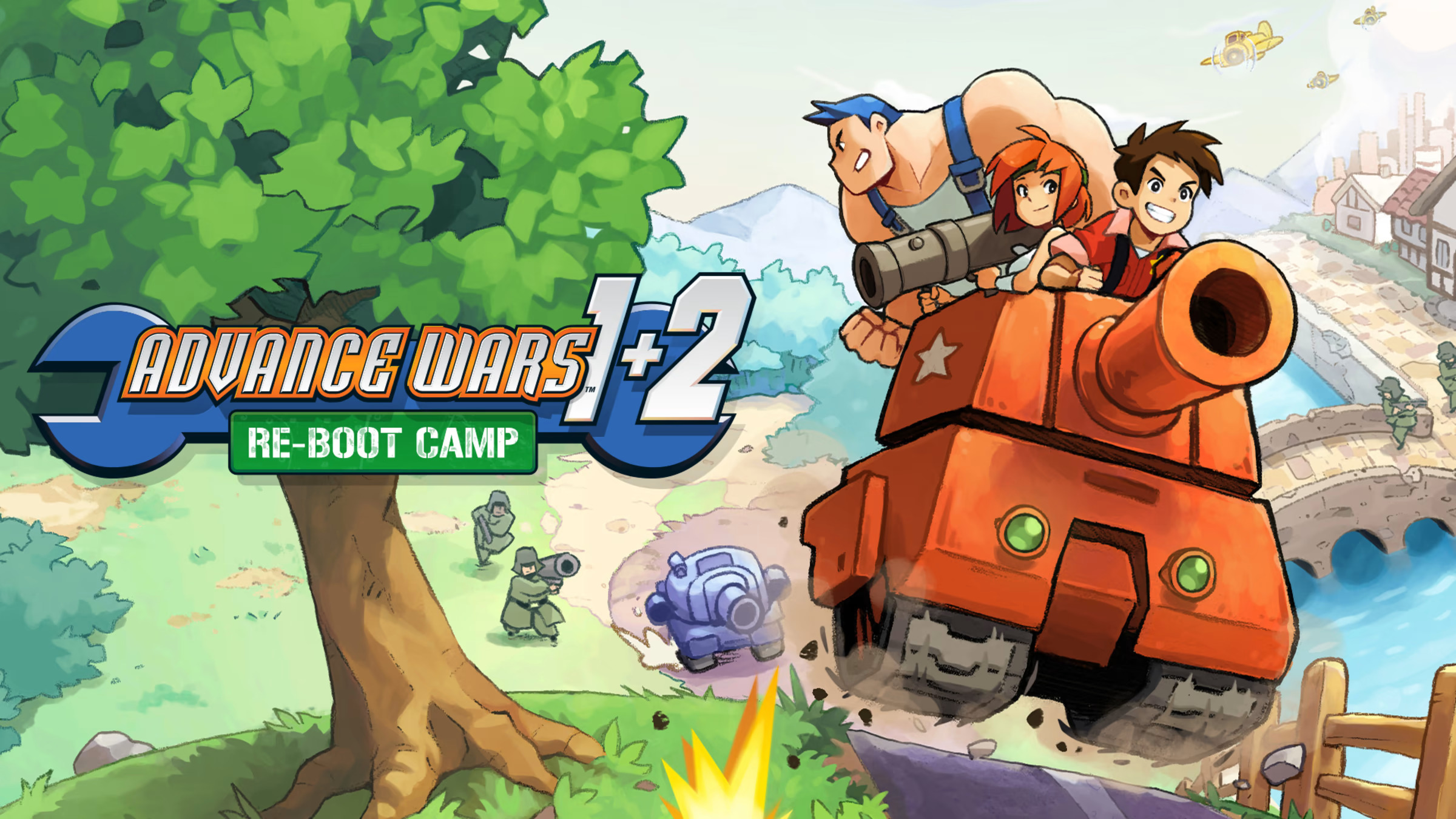
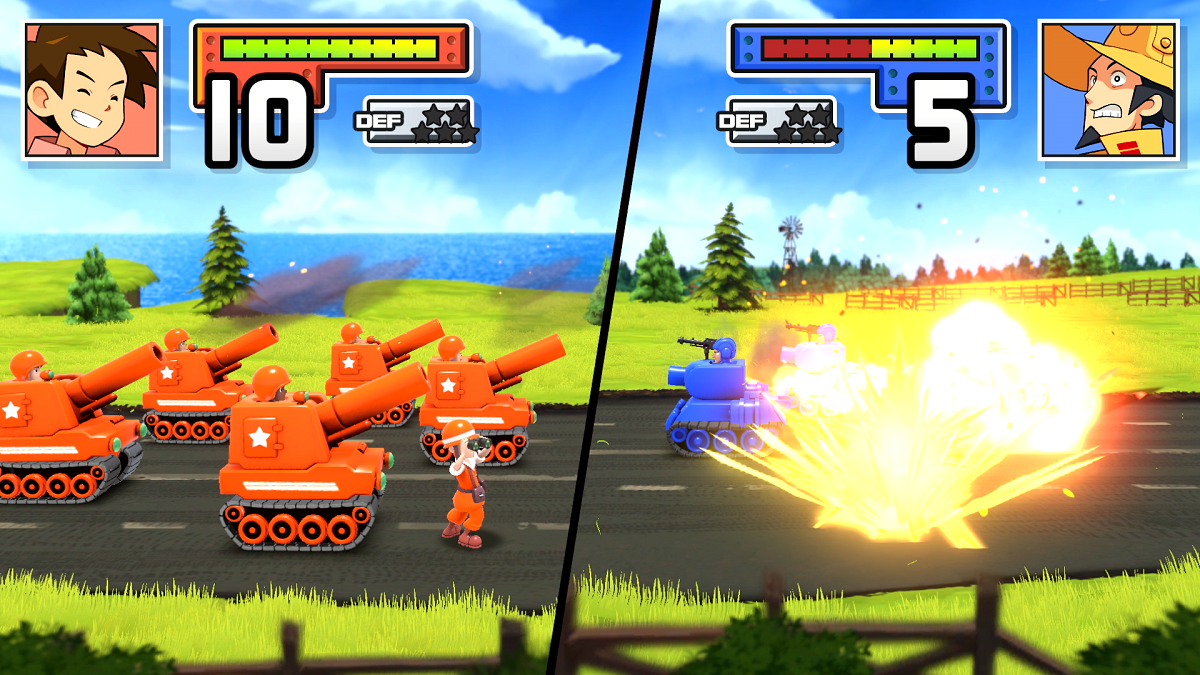
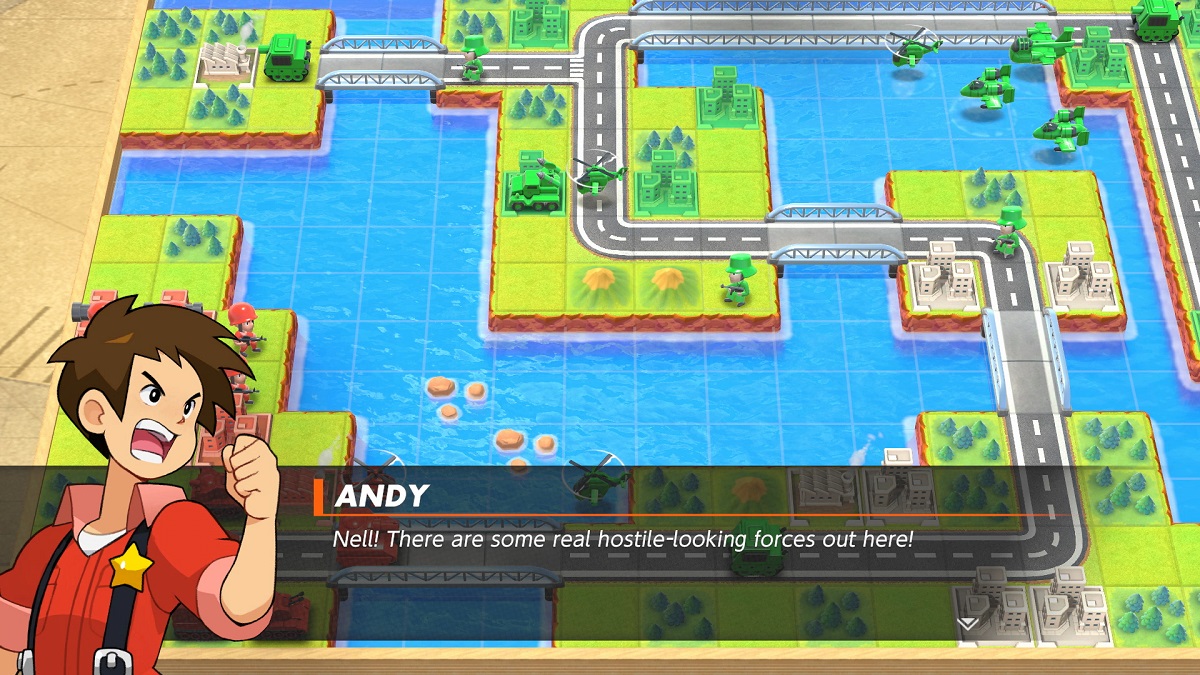
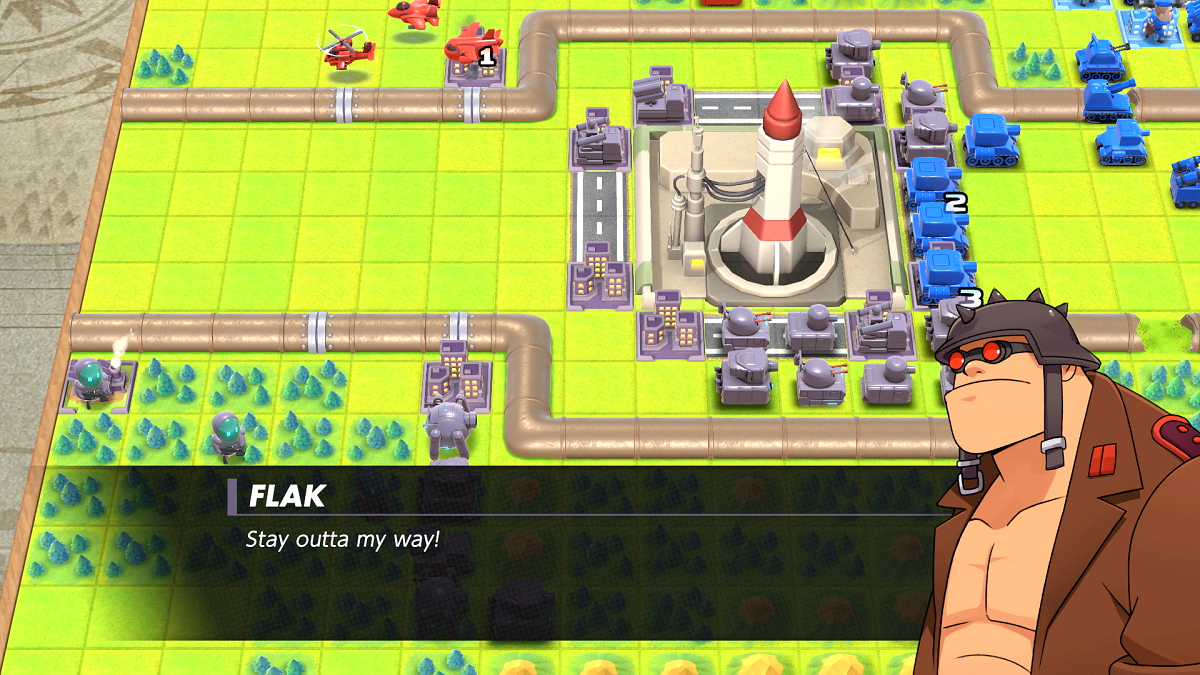
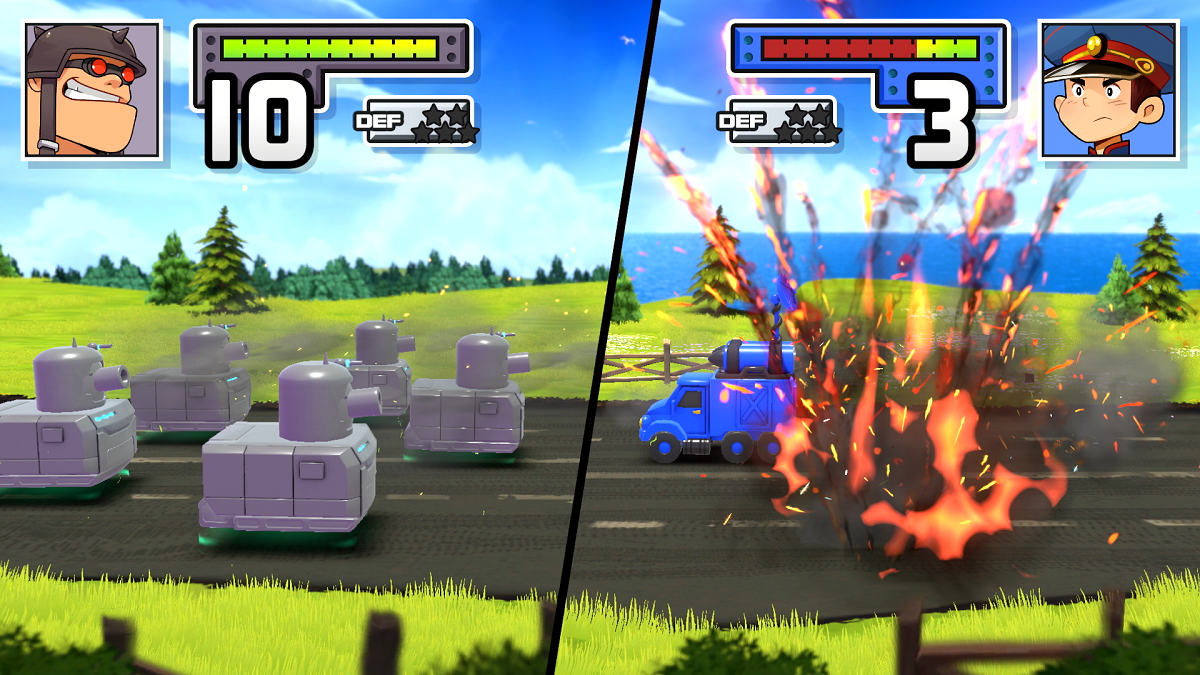
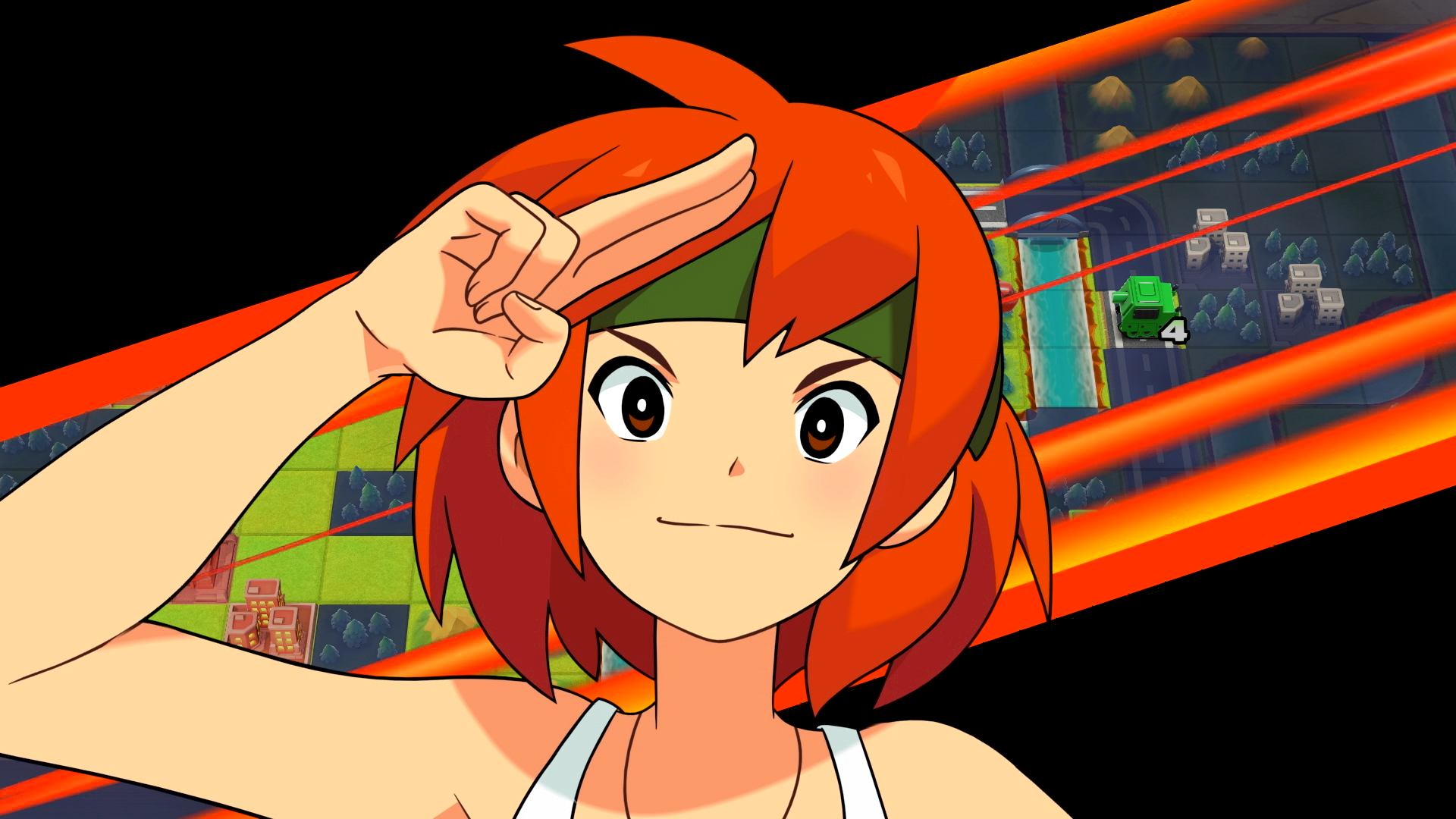





Published: Apr 28, 2023 05:53 am